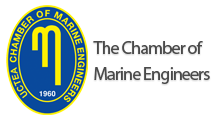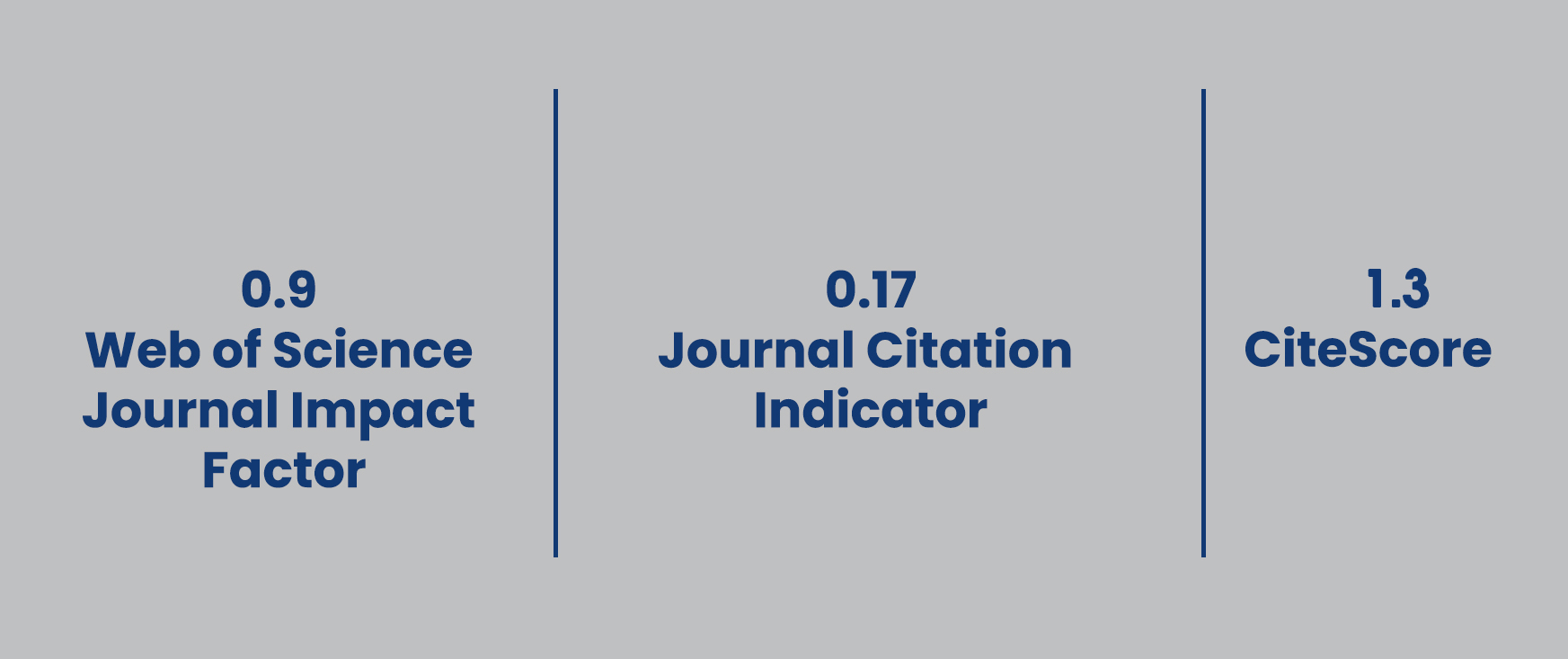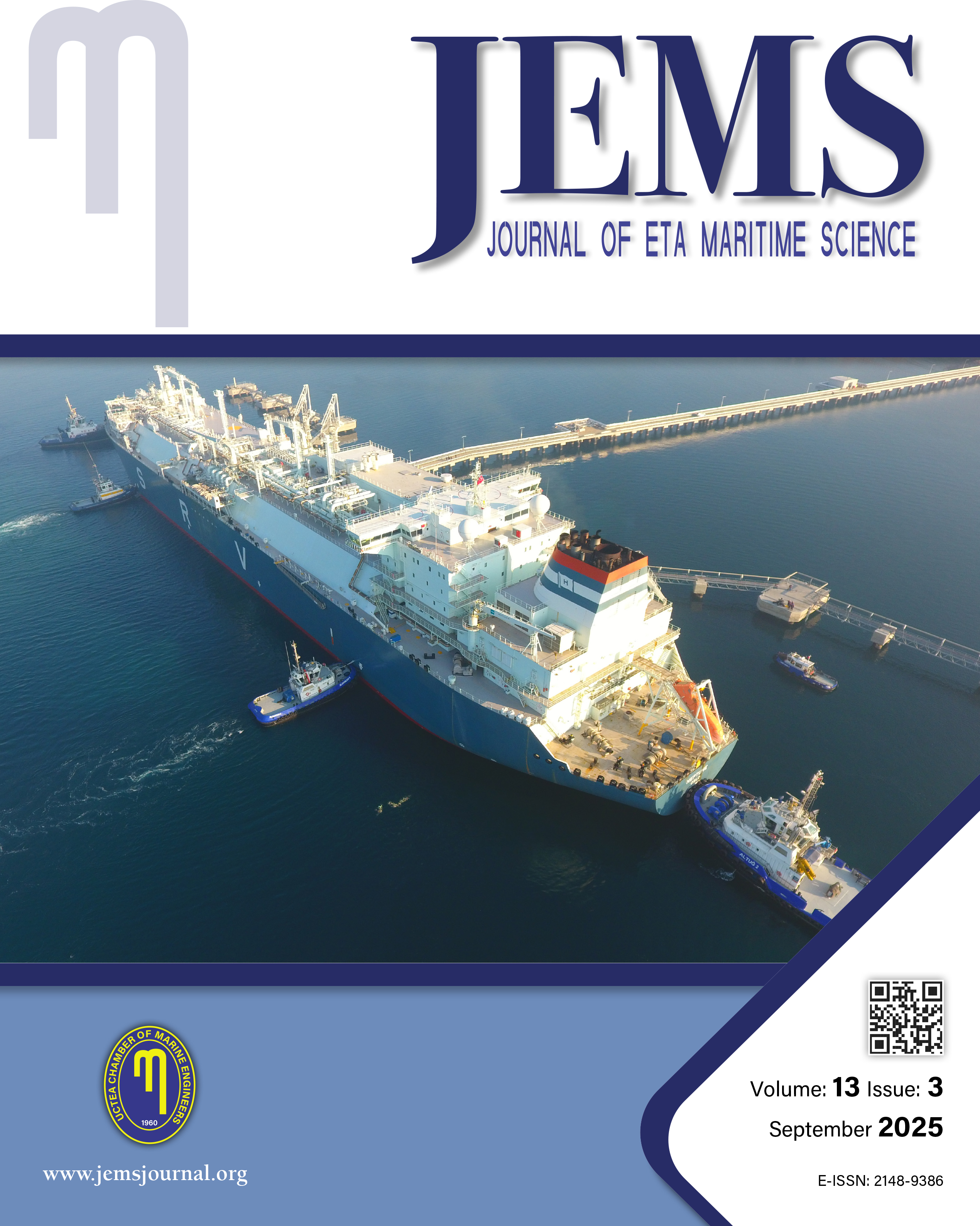

JEMS apply the Creative Commons Attribution NonCommercial 4.0 International Licence to all manuscripts to be published
Performance Analysis of Interacting Rigid Wind Sails and Rotor Sails by Kriging Surrogate Model
Takumi Endo1, Cem Güzelbulut21The University of Tokyo Graduate School of Engineering, Department of Mechanical Engineering, Tokyo, Japan2Kahramanmaraş İstiklal University, Department of Mechanical Engineering, Kahramanmaraş, Türkiye
Increasing global CO2 emissions lead to all industries, including the maritime industry, to adopt environmentally friendly solutions. Using wind energy, introducing alternative fuels, building carbon capture and storage systems, and improving the operation by route optimization and voyage speed control are some of the attempts to achieve this. In the present study, an investigation of the efficiency of implementing one rigid wind sail and one rotor sail was conducted to optimize the use of both systems to their maximum potential. A case study was planned to understand how much interaction between sails plays a role and how to use multiple sailing systems considering the interaction model. A kriging surrogate model was created to model the interaction between sails, and the maximum prediction error was found to be 8% in the lift coefficient prediction of the rotor sail. Then, the ship dynamics model, known as the Maneuvering Modeling Group model, was built. It was found that interaction significantly affects the performance of sails, approximately 4%, and using a surrogate model-informed controller contributes around 1% more than that of an independent controller to the reduction of power required to maintain ship speed.
Keywords: Rigid wind sail, rotor sail, wind-assisted ship propulsion, kriging surrogate modelManuscript Language: English
(76 downloaded)










